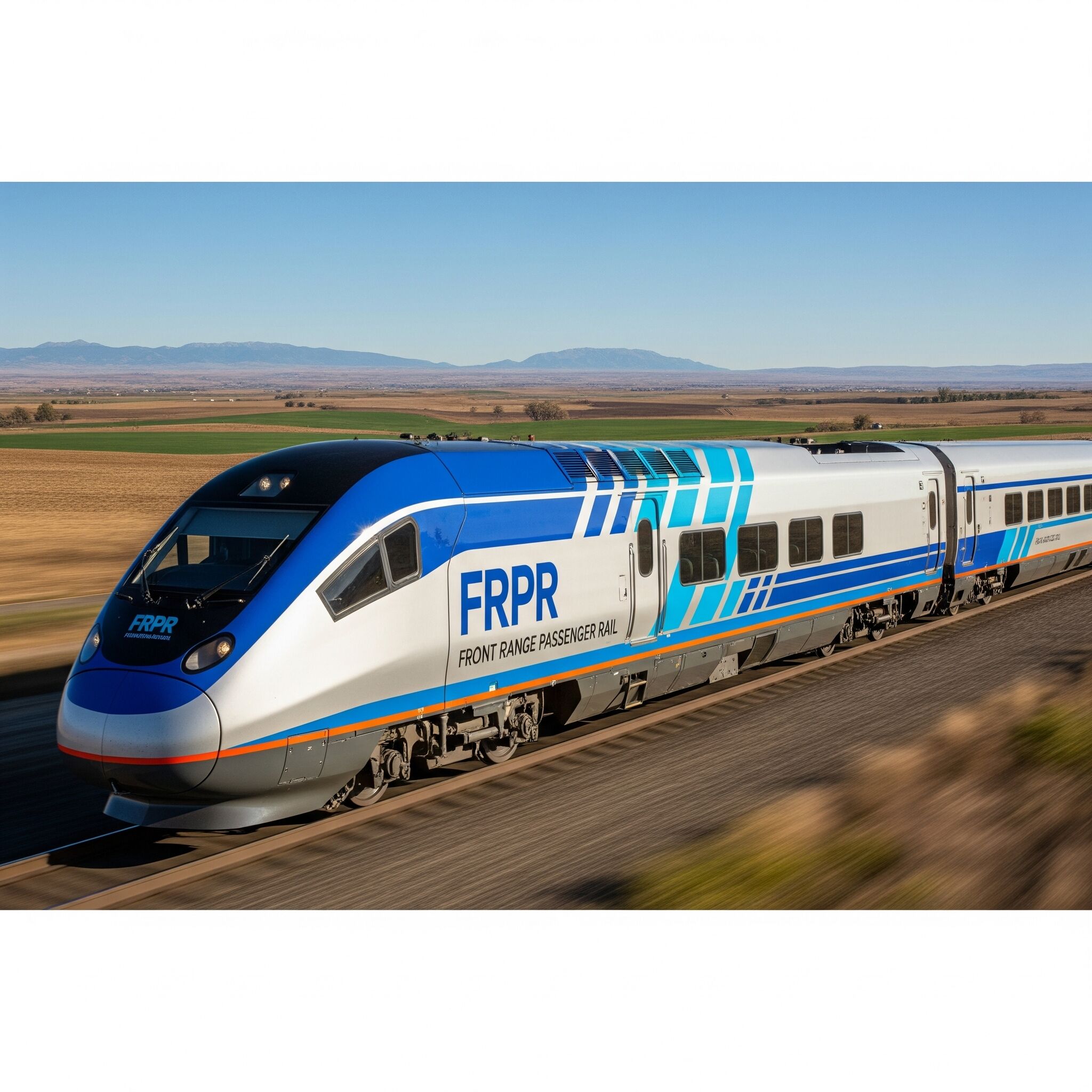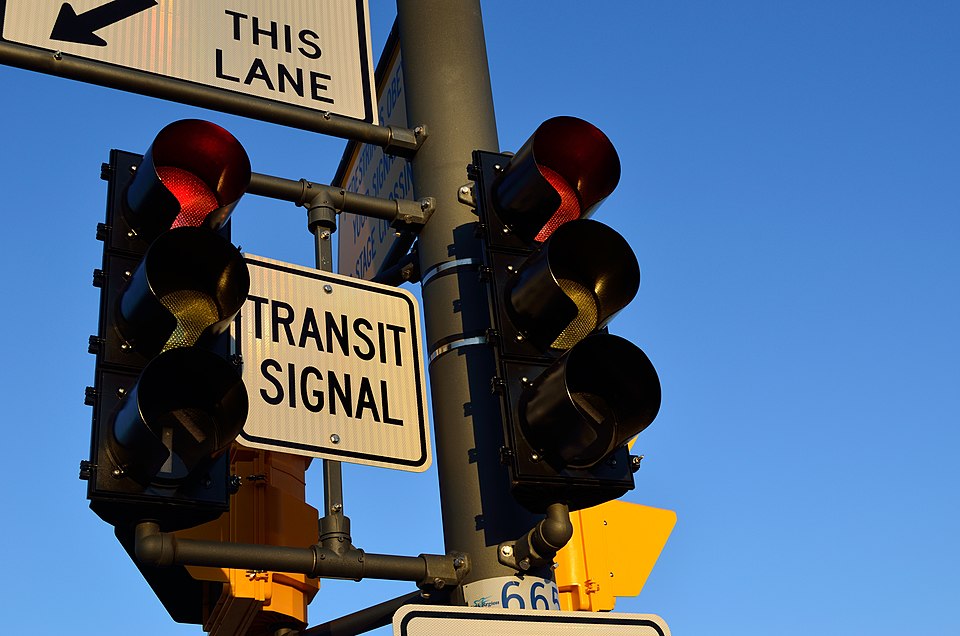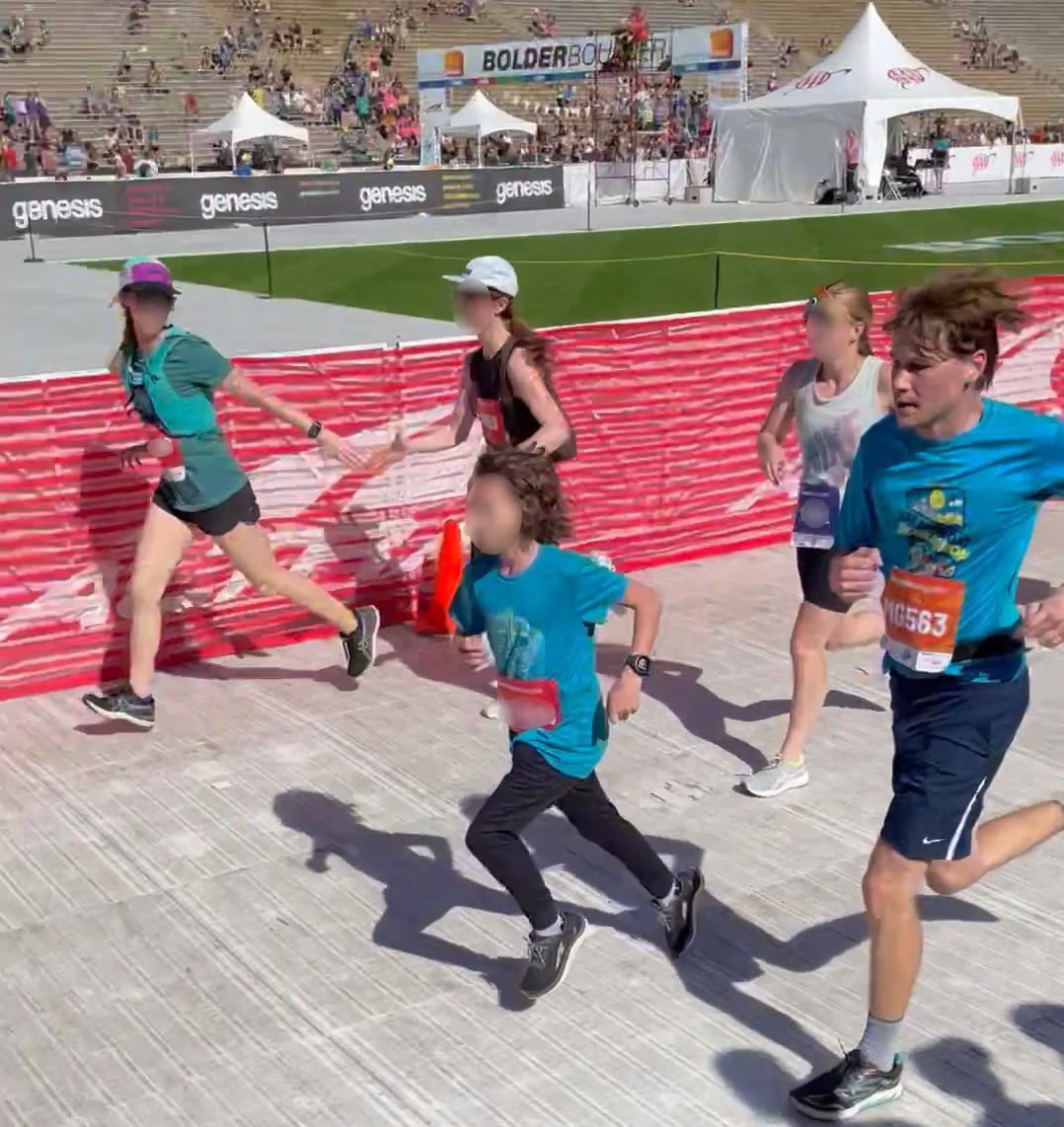My Vision for RTD
Boulder leads the Denver Metro area in per capita transit ridership, demonstrating our community's strong commitment to public transportation. However, our success has revealed significant capacity constraints. From overcrowded airport buses that force riders to wait an hour for the next departure, to the unfulfilled promise of FasTracks rail service we've been funding for two decades, it's clear it's time to transform RTD to meet our community's demand for quality public transit.
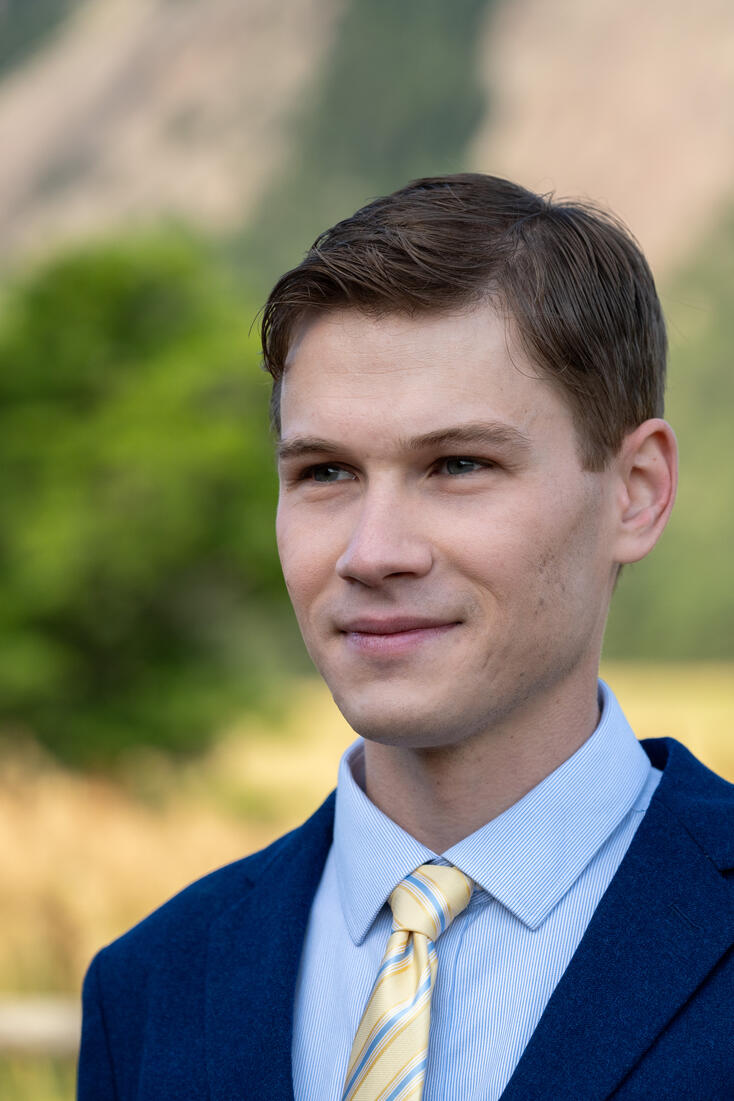
Front Range Passenger Rail
I support Front Range Passenger Rail and believe we need to think beyond just the initial starter service of 3 trains per day in each direction. While this baseline service is crucial, I want to lay the groundwork for expanding and developing the service so it can truly transform how we move throughout the Front Range.
My vision is for a rail system that enables you to go to dinner in Denver, catch a Rockies game, or visit friends in Fort Collins, not just use it for your daily commute. This means building a foundation for frequent, reliable service that connects our communities throughout the day and evening.
Front Range Passenger Rail represents more than just another transit option; it's an opportunity to fundamentally change how our region grows and develops, reducing traffic congestion and creating sustainable transportation choices for generations to come.
Removing Barriers to Transit
To grow ridership, we need to address the real reasons people choose driving over transit. This means tackling structural challenges like service gaps and unreliable schedules, barriers such as safety concerns and convenience fears, and policy issues including complex fare structures and inadequate regional coordination.
Structural Improvements
Invest in frequent service, better first/last mile connections, dedicated bus lanes, and improved reliability through real-time tracking and performance standards.
Cultural Change
Normalize transit use across all income levels, improve safety and comfort, and provide guaranteed backup options to reduce fear of getting stranded.
Policy Reform
Simplify fare structures, expand transit pass programs, strengthen regional coordination, and shift incentives away from driving toward transit use.
Improving Speed & Efficiency
One of the most cost-effective ways to improve transit is through Transit Signal Priority (TSP). TSP enables buses to change traffic lights green as they approach, making routes faster for passengers while reducing the service hours required for each trip.
This isn't just about rider experience. It's about operational efficiency. When buses move faster, RTD can provide the same level of service with fewer resources, or use those saved resources to provide more frequent service. The cost is minimal to install the necessary equipment.
I want to work with municipalities to install TSP boxes whenever they make changes to an intersection. By coordinating these improvements with planned infrastructure work, we can build a smarter transit network at virtually no additional cost to taxpayers.
Revitalizing Boulder's Community Transit Network
In the 1990s, Boulder created something unique: the Community Transit Network (CTN). This wasn't just about putting fun graphics on buses, though everyone knows and loves the HOP, SKIP, JUMP, BOUND, DASH, and BOLT. CTN represented a commitment to fast, frequent service that was easy to understand and accessible to everyone.
The impact was remarkable. When the 202 was rebranded as the SKIP in 1997, ridership quadrupled. This shows the power of creating transit that people can understand, remember, and feel good about using.
Today, those distinctive graphics are disappearing from our buses. Without intervention, it's not improbable that RTD will eliminate our community's unique transit culture entirely and change the routes back to numbers.
I want to work with the City of Boulder and surrounding communities to restore CTN as we remember it. This means bringing back the visual identity, but more importantly, recommitting to the principles that made it successful: frequent service, clear branding, and routes that reflect how our community actually moves.
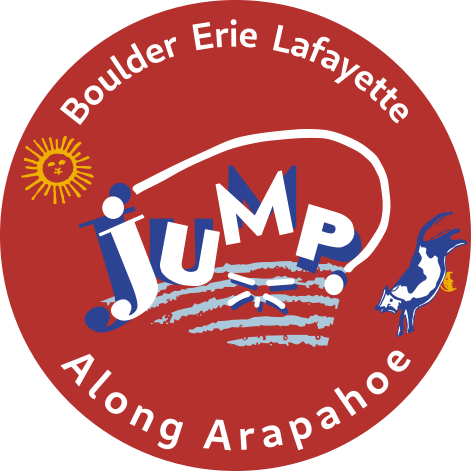
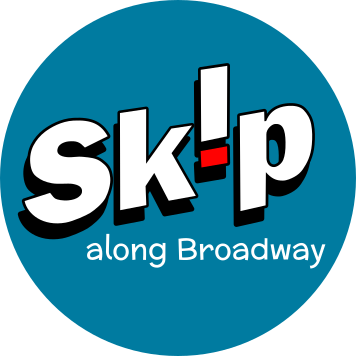
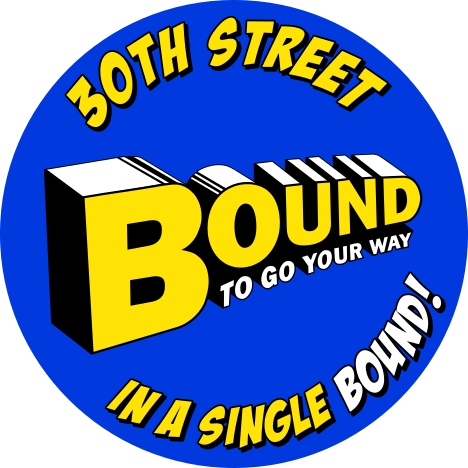
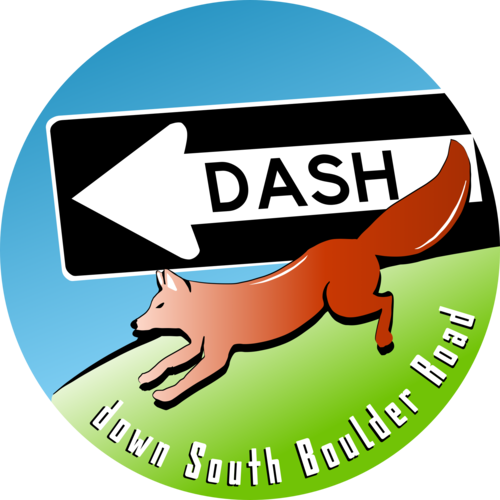
Reliable Transit for Boulder's Biggest Events
Nothing highlights RTD's service gaps more than Memorial Day weekend in Boulder. The Boulder Creek Festival and the Bolder Boulder bring hundreds of thousands of visitors to our city, making it the busiest weekend of the year. Despite this massive influx of visitors, RTD operates on a reduced holiday schedule precisely when Boulder needs transit most. Route detours aren't well communicated, special stops aren't created for race start and finish areas, and services like RunRide, a dedicated bus route for race day, have been canceled and never returned.
This pattern repeats for other major events throughout the year. When Boulder residents and visitors most need reliable public transportation, RTD service is often reduced or inadequate. This forces more people to drive, creating exactly the kind of traffic congestion and parking challenges that transit should help solve.
Looking ahead, Boulder has a unique opportunity with the Sundance Film Festival starting in 2027. Rather than treating this as just another challenge to manage, I see it as a chance to create innovative transit solutions that support the festival while providing year-round benefits to our community. By planning dedicated event service, clear communication strategies, and temporary service adjustments, we can demonstrate how transit can be part of Boulder's major event infrastructure, not an obstacle to it.
Ready to Transform RTD Together?
Boulder County deserves representation that understands both the technical challenges and daily realities of public transportation. With your support, we can bring this vision to the RTD board.
